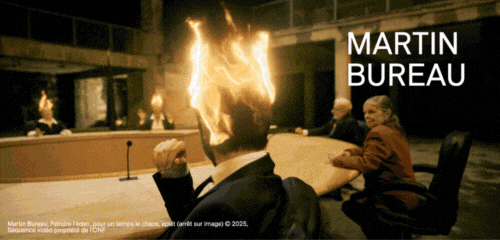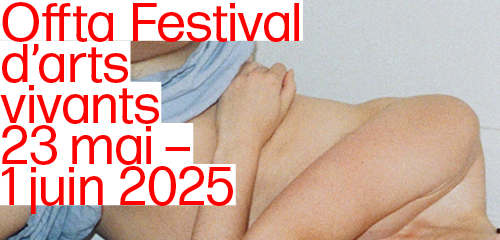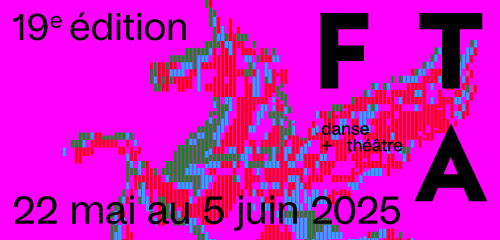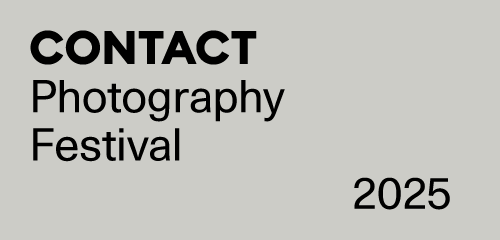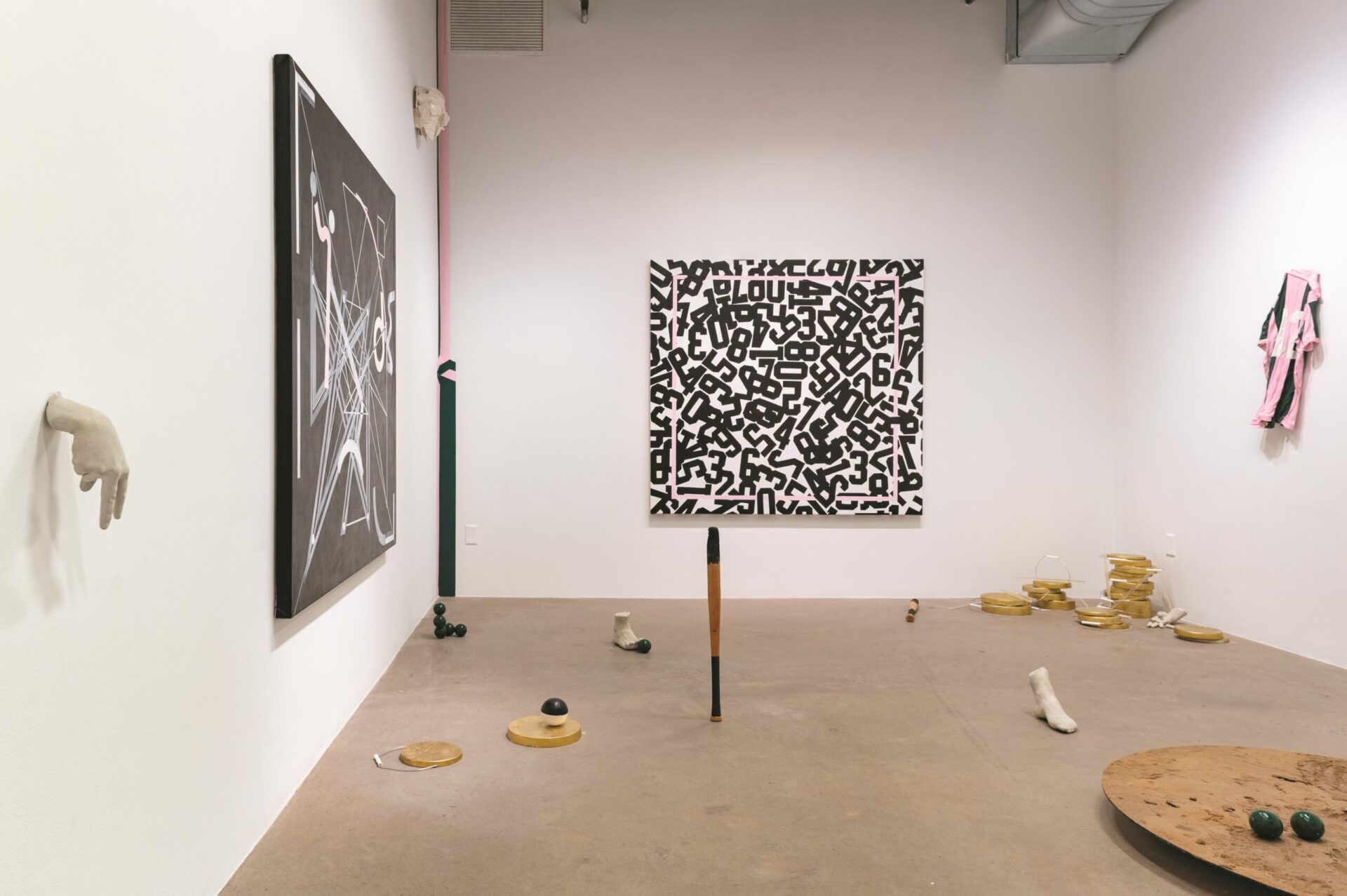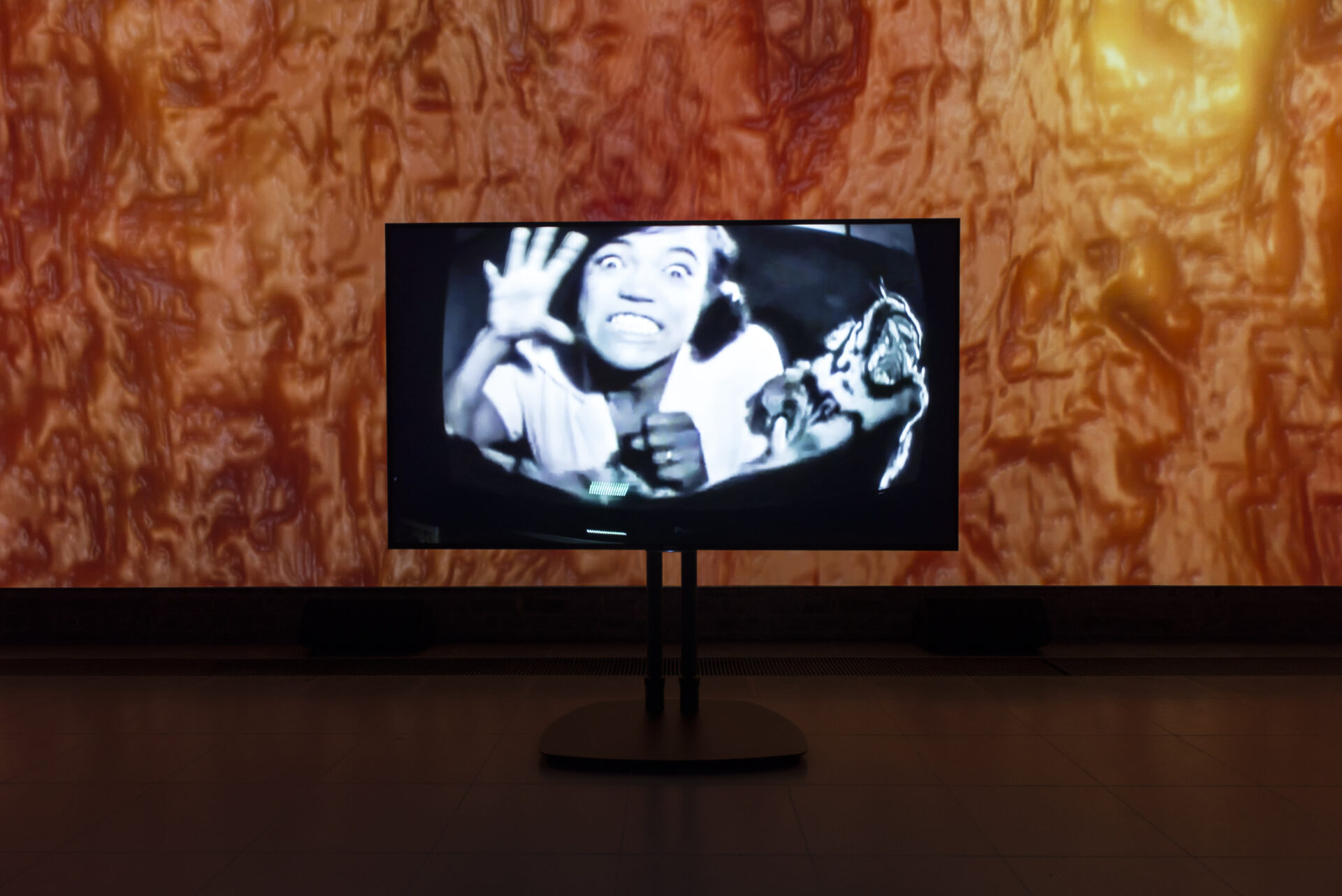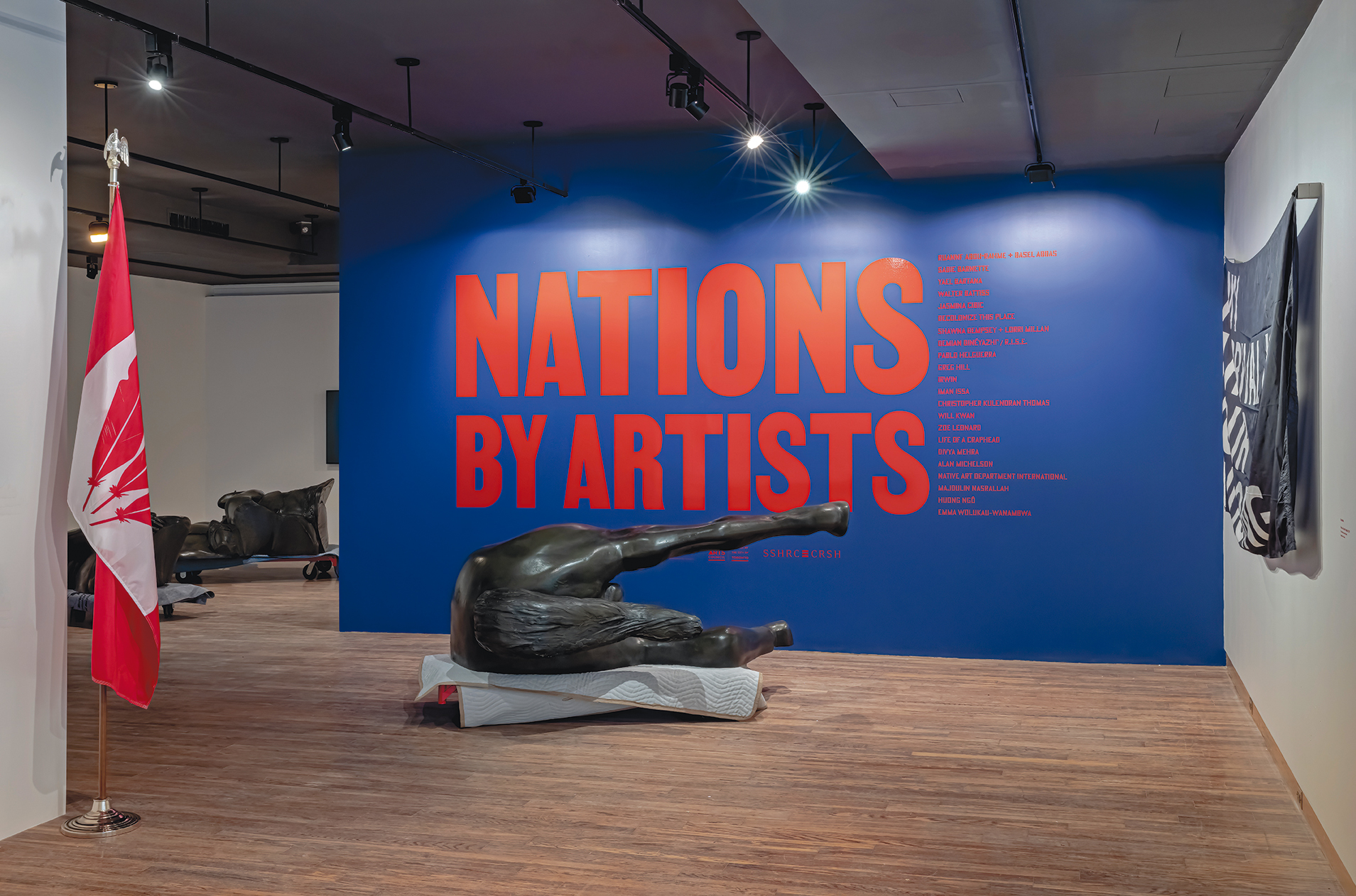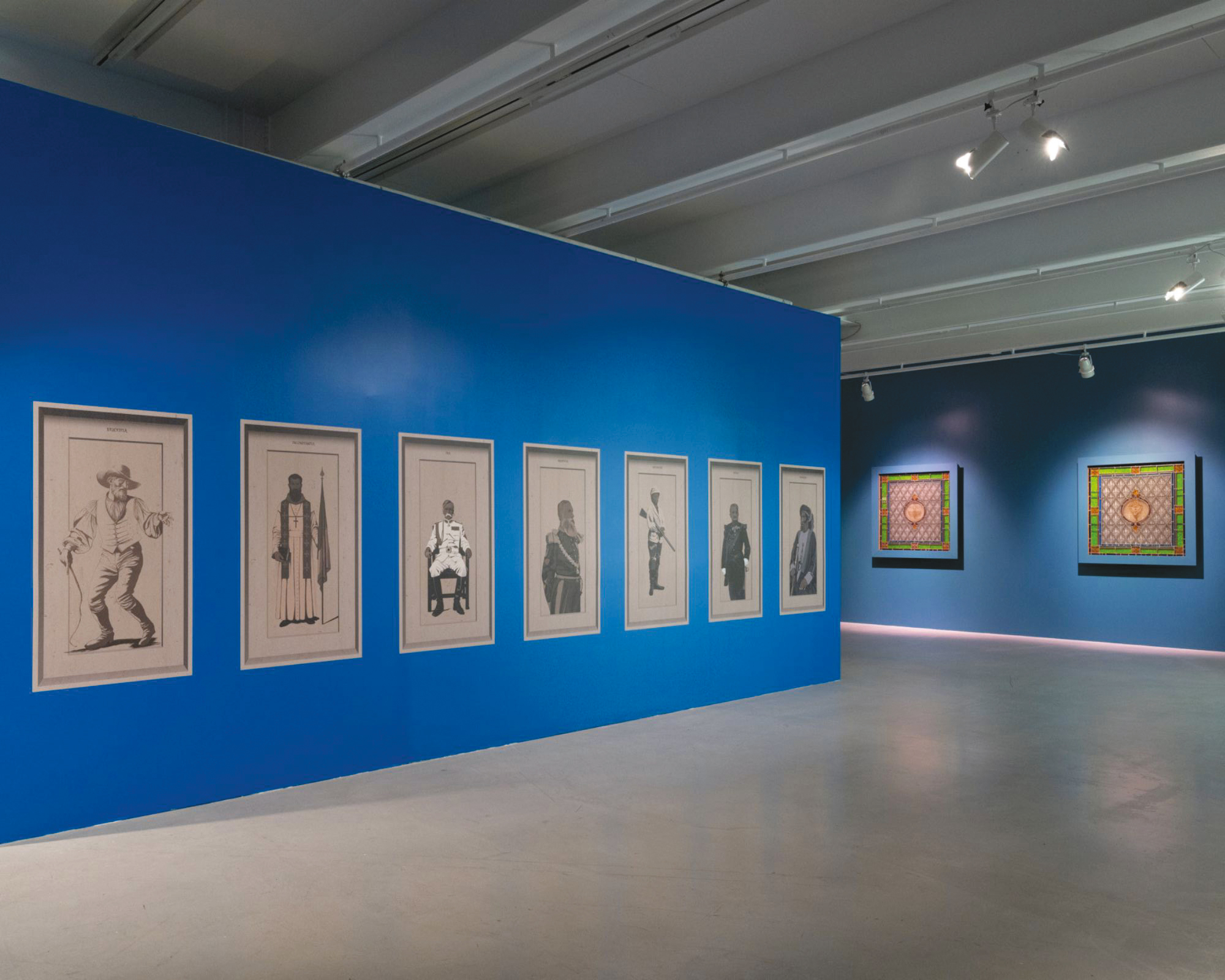
Photo: Paul Litherland, courtesy of the artist & Musée d’art de Joliette
October 5, 2024 – January 12, 2025
In The Colonizer and the Colonized (1957), the French-Tunisian writer Albert Memmi argued that colonization’s most profound harm lies in its erasure of the colonized from their own history and community.1 1 - Albert Memmi, The Colonizer and the Colonized (London: Souvenir Press, 1974), 121 – 23. It systematically strips them of the agency to shape their own destiny, in times of both war and peace. Moridja Kitenge Banza’s exhibition Exiled in Eden brought the haunting of colonialism to our attention. Kitenge Banza blends reality and fiction in his work to challenge mainstream stories and give a platform to less-heard voices. He explores history, memory, and identity, often reflecting the specific places where he has lived.
The exhibition provoked reflection about the legacy of colonialism in Kitenge Banza’s native Democratic Republic of Congo, where Catholicism is still practised by half of the population and also signifies the erasure of local traditions. In collaboration with the exhibition curator, Julie Alary Lavallée, Kitenge Banza strategically positioned religious artefacts from the Musée d’art de Joliette’s Wilfrid Corbeil collection to question the paradoxical relationship between Catholic religious conversion and devastating colonialism in the Congo. Under King Leopold II, Belgian colonial expansion was propelled by the widespread harvesting of ivory and rubber, accompanied by the fierce mistreatment of the colonized population. Women were routinely taken hostage to force men to collect rubber. Amputation of a hand was a frequent punishment for those who failed to meet their quota. In the exhibition, Kitenge Banza employed conceptual strategies with versatile materials and techniques, such as video and printing on plexiglass and vinyl, to create immersive environments that highlighted the violence of Belgian colonialism and challenged Christian iconography.
Create your free profile or log in now to read the full text!
My Account






